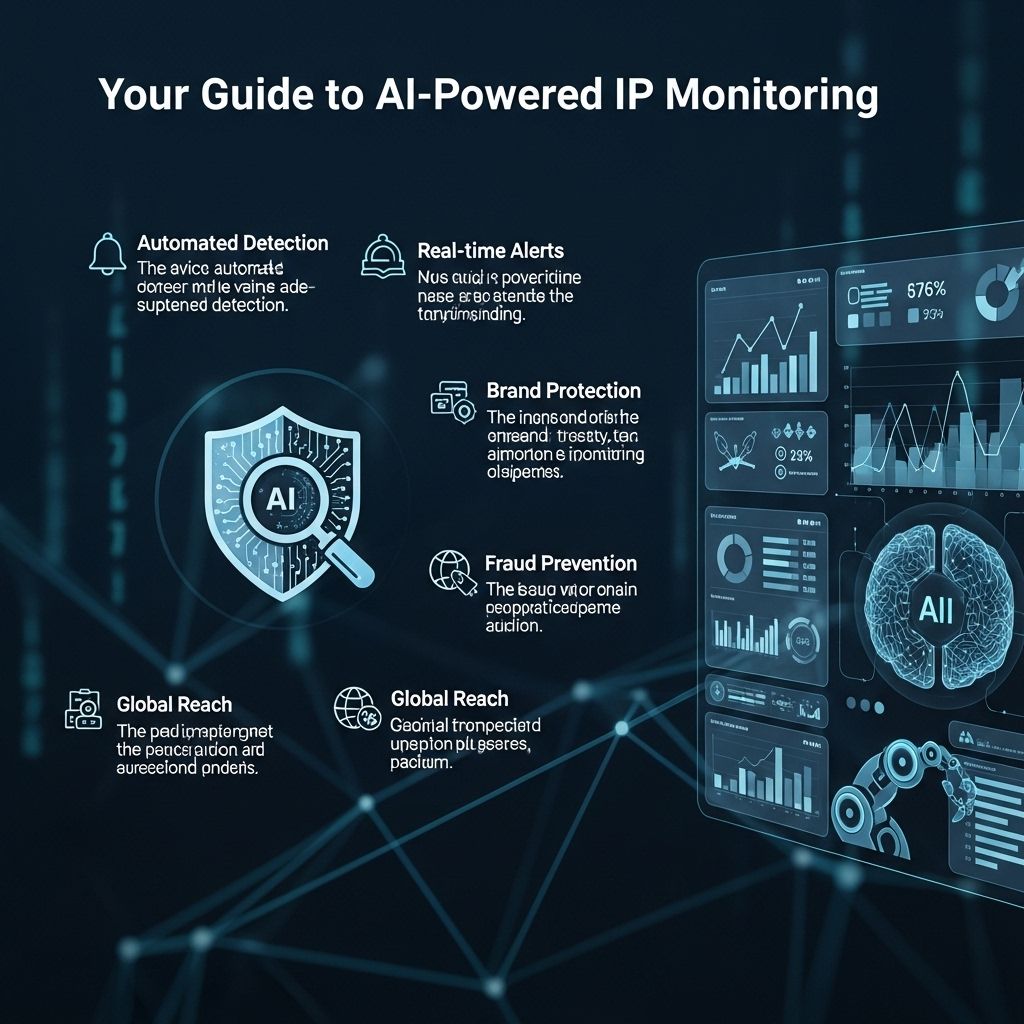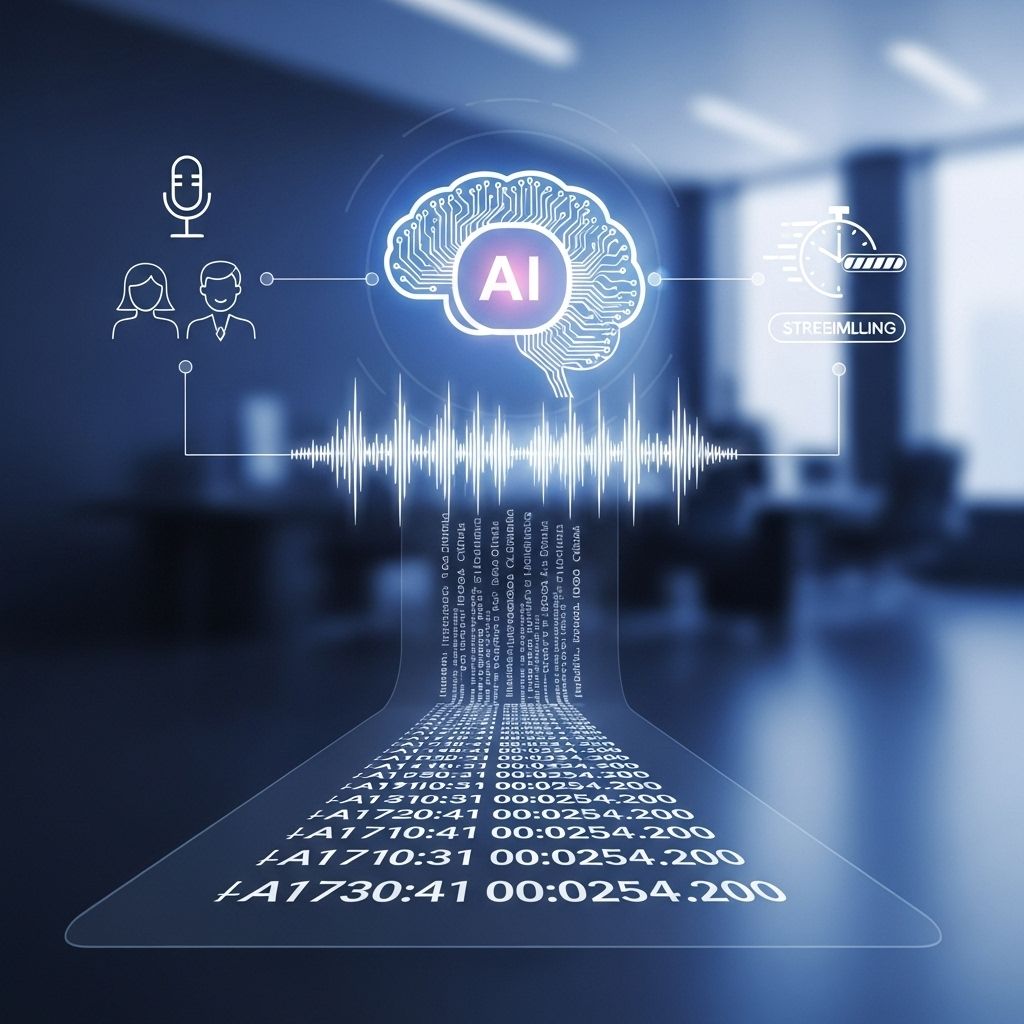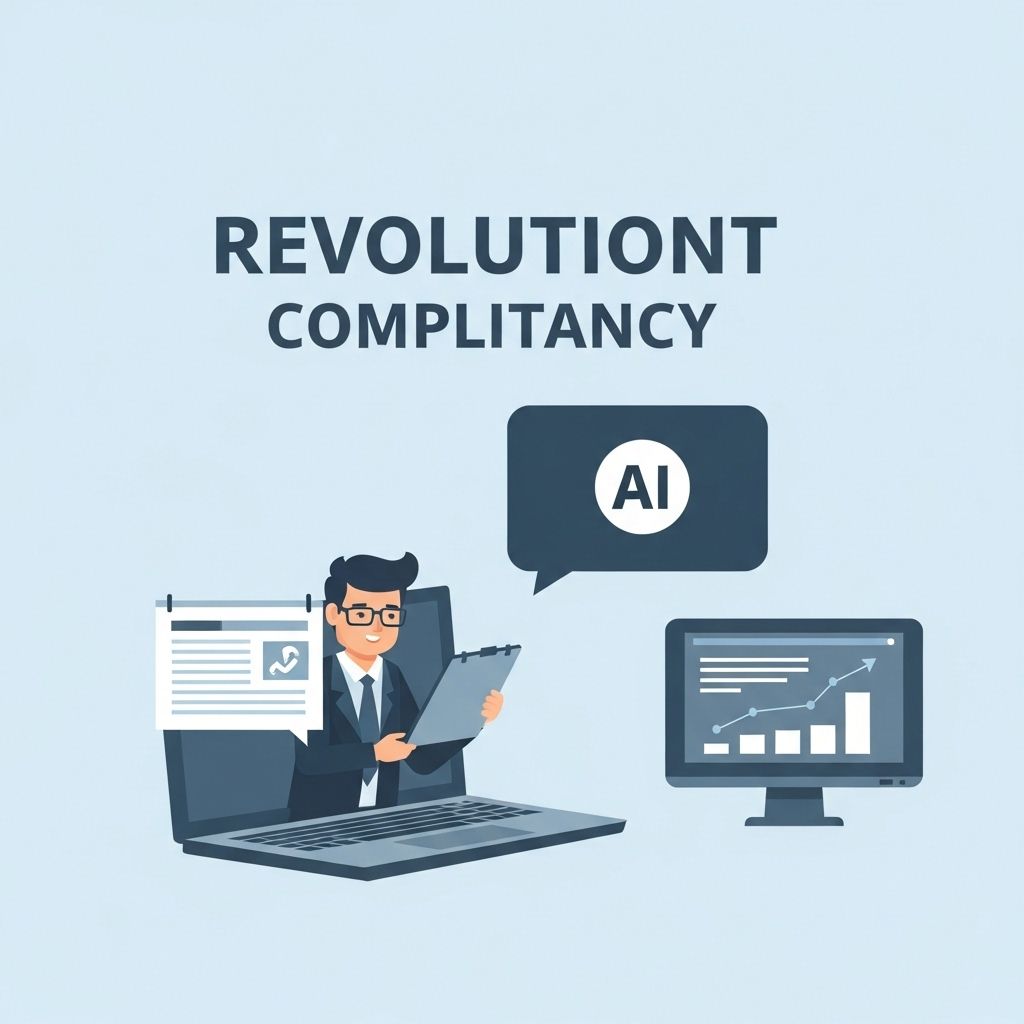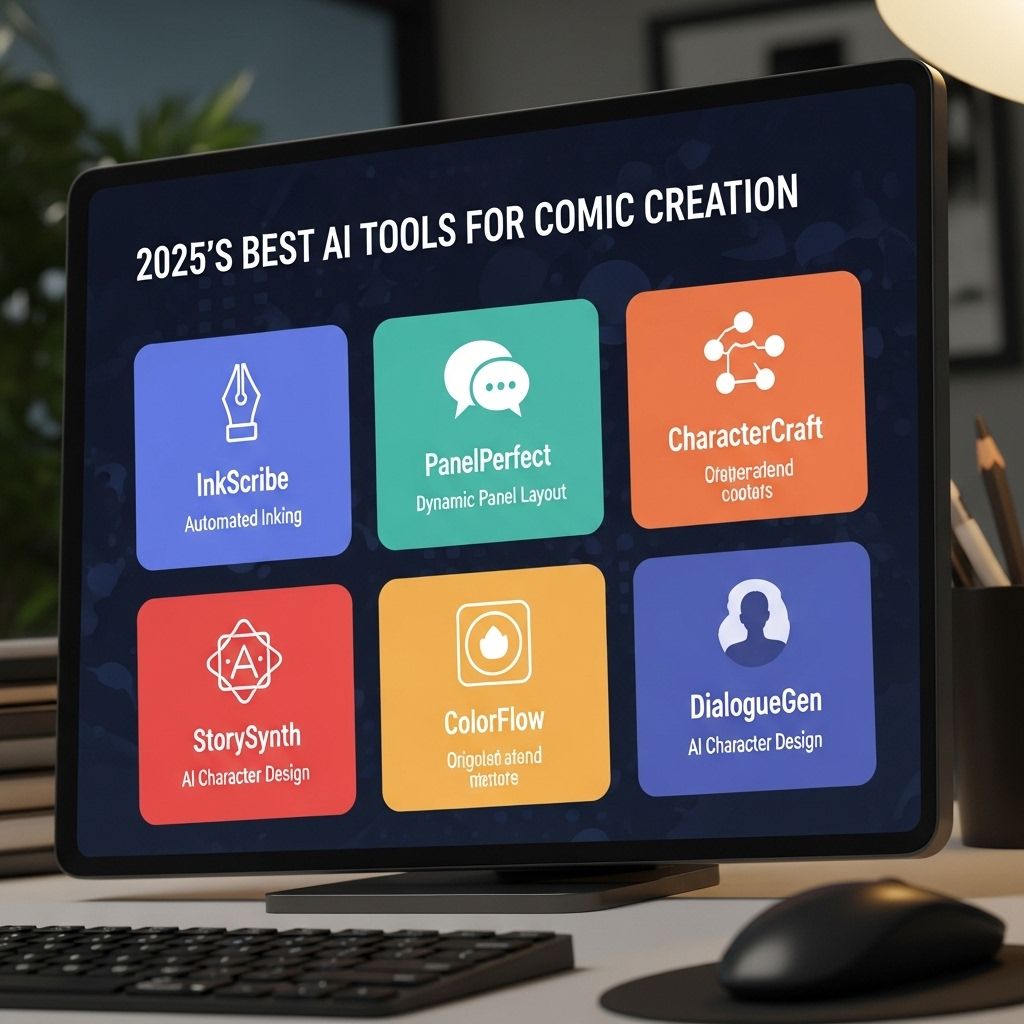Streamline Feedback with AI Classification Tools
Discover how AI classification tools can enhance feedback processes, making them more efficient and actionable for your organization.
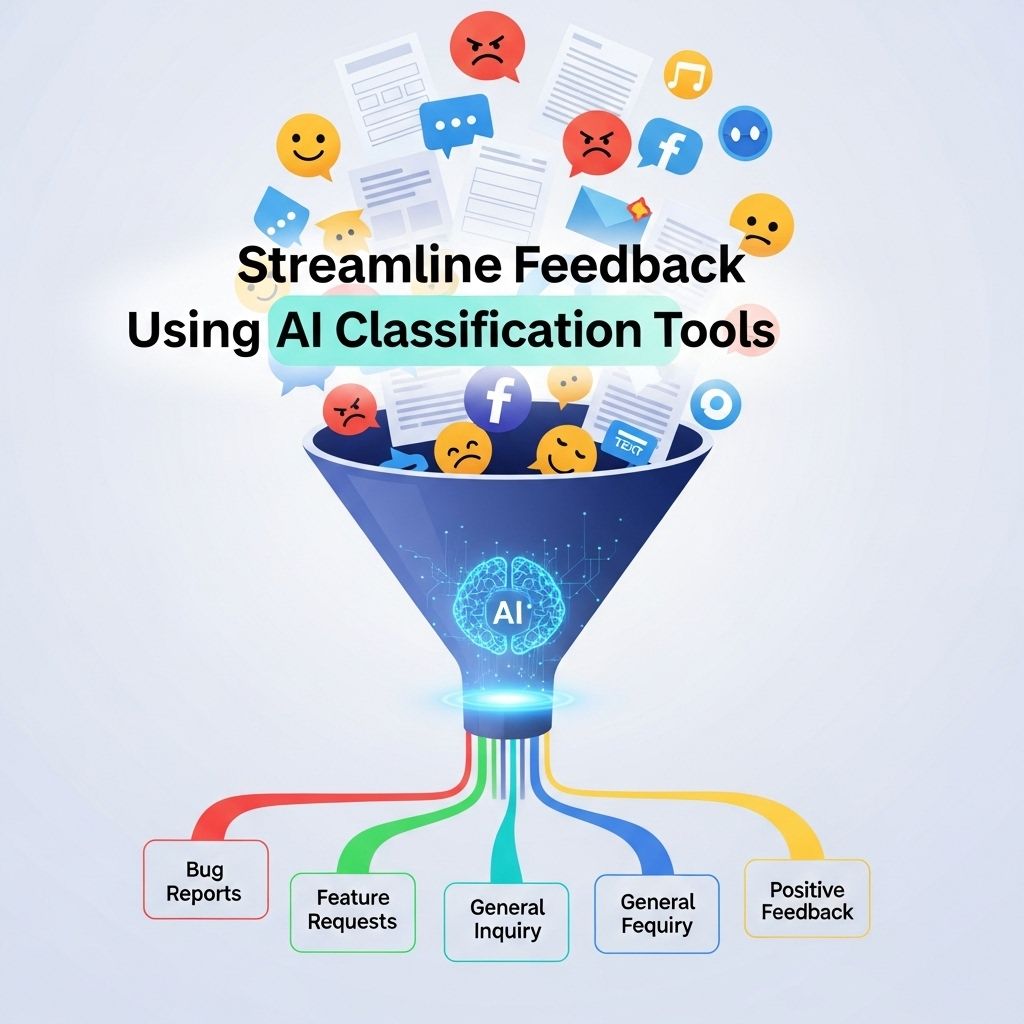
In today’s fast-paced digital environment, businesses are inundated with feedback from various channels, including social media, customer reviews, and direct surveys. The challenge lies in efficiently processing this feedback to derive actionable insights. AI classification tools have emerged as a game-changer in streamlining feedback management. These tools utilize advanced algorithms to categorize, analyze, and prioritize customer feedback, enabling organizations to respond proactively to customer needs and enhancing overall satisfaction.
Table of Contents
Understanding AI Classification Tools
AI classification tools are software solutions that leverage artificial intelligence and machine learning to automatically classify data into predefined categories. This technology can analyze qualitative feedback, recognizing patterns and sentiments that might not be immediately obvious to human analysts. By automating the classification process, these tools significantly reduce the time and effort required to manage feedback.
Key Features of AI Classification Tools
- Natural Language Processing (NLP): NLP techniques allow the software to understand and interpret human language effectively.
- Sentiment Analysis: AI tools can assess the mood of feedback, categorizing it as positive, negative, or neutral.
- Automated Tagging: Automatically add tags to feedback based on its content, making it easier to filter and report.
- Real-Time Processing: Immediate classification of feedback allows organizations to respond swiftly to customer concerns.
The Benefits of Implementing AI Classification Tools
Integrating AI classification tools into your feedback management strategy can yield numerous benefits:
1. Enhanced Efficiency
Manual classification of feedback can be a time-consuming process. AI tools can handle vast amounts of data in seconds, increasing efficiency and allowing human resources to focus on strategic tasks.
2. Improved Accuracy
AI algorithms are trained on large datasets, enabling them to identify subtle nuances in feedback that may be missed by human reviewers. This leads to more accurate categorizations and insights.
3. Better Customer Insights
By analyzing the sentiment and context of feedback, AI tools help businesses understand customer preferences and pain points, leading to informed decision-making.
4. Proactive Problem Resolution
With real-time classification, businesses can identify negative feedback as it arises, allowing them to address issues before they escalate.
How to Choose the Right AI Classification Tool
Selecting an appropriate AI classification tool requires careful consideration of several factors:
1. Define Your Objectives
Before choosing a tool, it’s essential to outline what you want to achieve:
- Improving customer satisfaction
- Reducing response time
- Identifying product improvement areas
2. Evaluate the Technology
Look for tools that utilize cutting-edge NLP and machine learning techniques. Consider the following:
| Feature | Importance | Example Tools |
|---|---|---|
| NLP Capabilities | Critical for understanding context | Google Cloud Natural Language, IBM Watson |
| Integration Options | Must integrate with existing systems | Zendesk, Salesforce |
| Customization Flexibility | Ability to tailor categories & tags | MonkeyLearn, RapidMiner |
3. Assess User Experience
The tool should have an intuitive interface that allows users to navigate easily. Consider user reviews and demos to gauge usability.
Implementing AI Classification Tools in Your Workflow
Once you’ve selected an AI classification tool, the next step is integration into your feedback workflow. Here’s a step-by-step guide:
Step 1: Data Collection
Ensure you are collecting feedback from various sources:
- Website forms
- Social media platforms
- Emails
- Phone surveys
Step 2: Data Cleaning
Prepare your collected data by removing duplicates, correcting errors, and ensuring consistency.
Step 3: Tool Integration
Integrate the AI classification tool with your existing feedback management systems, ensuring seamless data flow.
Step 4: Training the Model
Feed historical feedback data to the AI tool to train it on your specific categorization needs.
Step 5: Monitor and Optimize
Continuously monitor the tool’s performance and update it as necessary to improve accuracy and relevance.
Challenges in Using AI Classification Tools
While AI classification tools offer numerous advantages, there are challenges that organizations may face:
1. Data Privacy Concerns
Handling customer feedback requires stringent adherence to data privacy regulations, such as GDPR. Ensure your chosen tool complies with relevant laws.
2. Misclassification Risks
Though AI is efficient, it is not infallible. Regularly review classified data to catch and correct misclassifications.
3. Change Management
Implementing new technology can face resistance within an organization. Ensure thorough training and communication of the benefits to ease the transition.
Future Trends in AI Feedback Classification
The landscape of AI classification tools is continuously evolving. Here are a few trends to watch:
1. Increased Use of Deep Learning
Deep learning models will enhance the accuracy of sentiment analysis and categorization by learning from larger datasets.
2. Integration with Voice Analysis
As voice technology grows, tools will start analyzing spoken feedback, broadening the scope of feedback sources.
3. Enhanced Personalization
AI will enable hyper-personalized feedback management, allowing businesses to tailor responses based on individual customer profiles.
Conclusion
AI classification tools represent a critical advancement in how organizations manage and analyze customer feedback. By streamlining feedback processing, businesses can not only improve their operational efficiency but also foster stronger relationships with their customers. As these technologies evolve, investing in AI classification tools becomes not just an option but a necessity for data-driven success.
FAQ
What are AI classification tools?
AI classification tools are software applications that use machine learning algorithms to categorize data into predefined classes or labels, streamlining the process of feedback analysis.
How can AI classification tools improve feedback management?
AI classification tools can analyze large volumes of feedback quickly, identify trends, and categorize responses, allowing businesses to address customer concerns more efficiently.
What types of feedback can AI classification tools handle?
AI classification tools can handle various types of feedback, including customer reviews, surveys, social media comments, and support tickets.
Are AI classification tools suitable for all industries?
Yes, AI classification tools can be adapted to various industries, including retail, healthcare, finance, and technology, to enhance feedback analysis and customer insights.
What are the benefits of using AI for feedback classification?
The benefits include faster processing of feedback, improved accuracy in categorization, enhanced decision-making, and the ability to derive actionable insights from customer responses.


